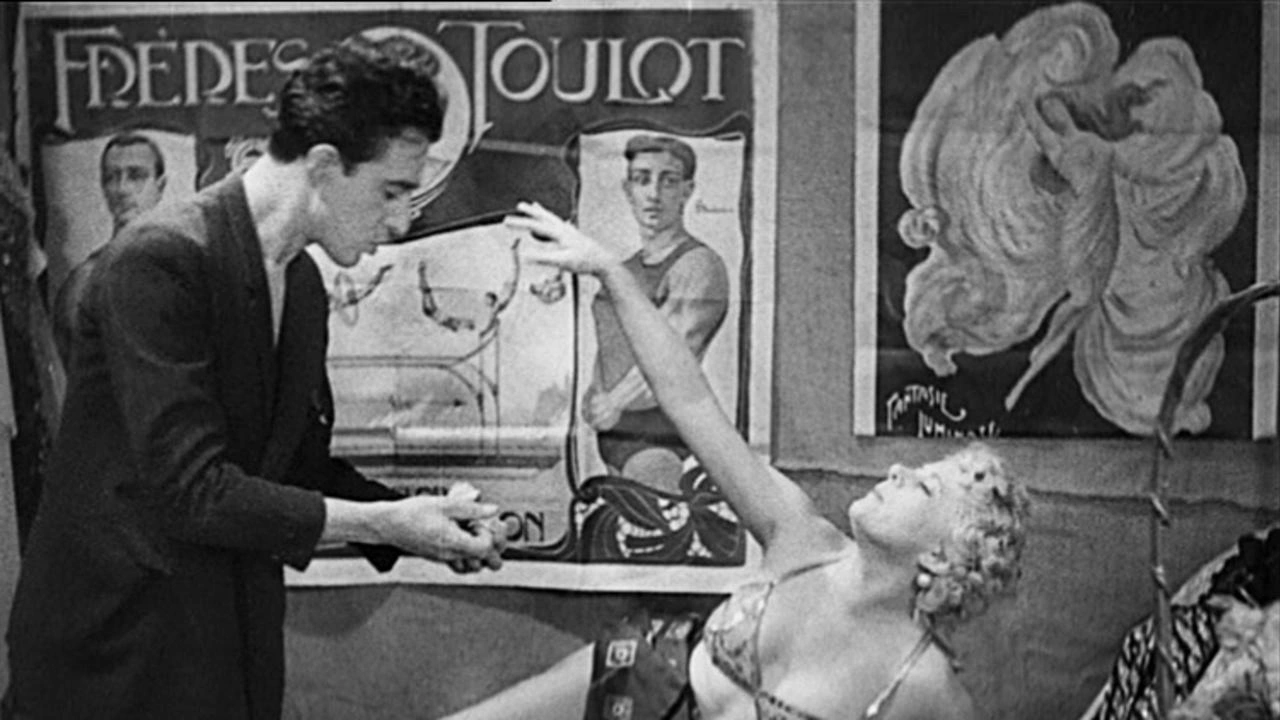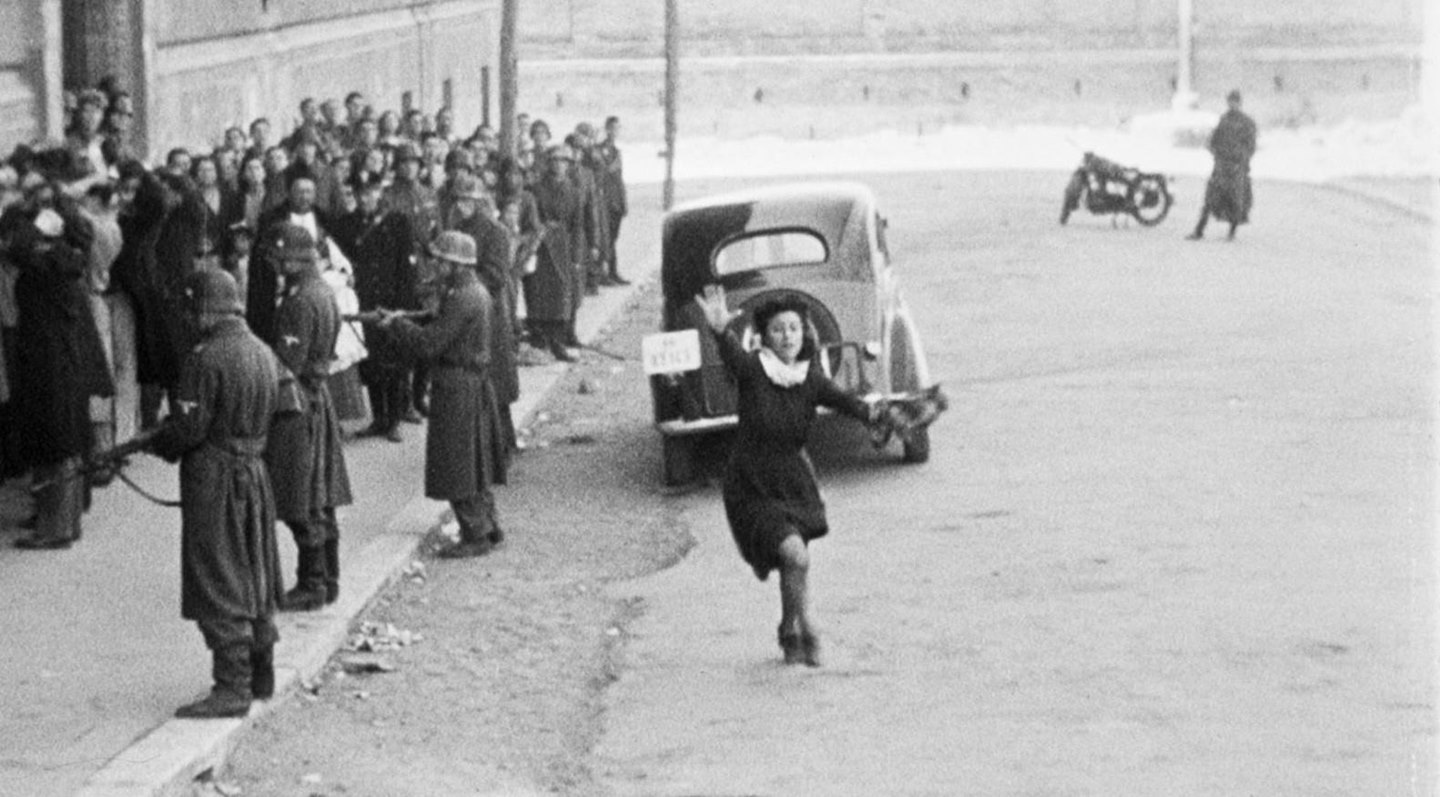The world is quite tumultuous. Hitler and his ally Mussolini are introducing death to people. The order is out; fascism is in. However, we will not stand on the side of death; we will visit Mussolini and his country as hangers-on. The situation in Italy is not at all promising. Job seekers are forming lines that stretch for meters, and people are selling their belongings to make money. The situation is quite dire.
Of course, Mussolini doesn’t care about these issues. Cinema doesn’t care either. While Hitler brought UFA and Leni Riefenstahl under Goebbels’ direction to make propaganda films, Mussolini, as his hanger-on, brought Cinecitta behind him and made propaganda films with great fanfare. Mussolini commissioned dazzling films that we call “white telephone.” The stories of these films pass like those of Jay Gatsby in F. Scott Fitzgerald’s book. Everything is beautiful, and everyone is rich. They are deceiving the Italian people, and the artists are angry because of it. They cannot see the film they watched in the cinema anywhere on the street. Where were those luxurious lives and wealth? One hundred people were queuing for one job, accepting the most foolish jobs for three pennies. People were sleeping on the streets, and Mussolini was boasting about the conquered places with his wine in hand.

To be able to make these films, Mussolini had Cinecitta film studios built, which still exist today. He filled them with biased directors and made plenty of “white telephone” films. They blinded the people’s eyes. Real directors saw this and rebelled. They left the studios one by one. The oppressed said, “We are going out to the streets too,” and decided to practice their art on the streets and introduced Italian Neorealism to humanity. A man named Luchino Visconti emerged and made a film called “Ossessione”. Regardless of the debate over the first film of the movement, the influence of the movement’s power was felt in the cinema halls.
“No! This is not Italy!”
Mussolini, who had come to the cinema to watch a movie, yelled out and left after being unable to bear the weight of the truths presented in the film. Soon after, Roberto Rossellini’s 1945 film, Roma Citta Aperta, came out. Why was this significant? Because directors could now film their movies not in studios, but in natural environments, on the streets, using amateur actors and natural light. And it worked. Rossellini’s subsequent films, “Sciuscia” (1946), “Paisan” (1946), “Germania Anno Zero” (1948), and “Miracolo a Milano” (1951), were some of the most talked-about films, piercing works that wounded the heart of those who watched them and even shamed those who did not. These were films that Mussolini could not bear to watch, as they featured street dwellers and begging fathers rather than wealthy estate owners. This was the real Italy! Italian Neorealism!
Then they made a film that still manages to move viewers to tears to this day. A man named Vittorio De Sica made a film called “The Bicycle Thieves” (1948), which beautifully captured the situation of the time. A father who had fallen on hard times and was forced to join the job queue managed to find a way to earn a living by putting up posters on the streets of Rome. But he couldn’t be happy, even though he had found work. After all, he needed a bicycle to do his job, so he sold the household linens to buy one. Then the father and son set off on their way through the streets of Rome. The father was happy to be able to do his job. Despite Italy’s pitiful condition, he would be able to bring money home. He was fortunate. Until… chaos erupted. A thief stole Ricci’s bicycle, the only means he had to do his job. And he needed to find it urgently. Father and son began searching for the bicycle in the streets of Rome, like searching for a needle in a haystack. Vittorio De Sica portrays so beautifully what you can do when you are desperate that it is impossible not to be torn apart inside.

YEAR 1952…
Italian Neorealism lasted 10 years. Then Vittorio De Sica directs a film called “Umberto D.” about an old man who can’t find work due to his age, sells his books to pay his rent and let go of his dog, whose only love. The dog doesn’t want to go and doesn’t leave his owner until the very end. But eventually, he gives up and leaves. With the departure of the dog, Italian Neorealism also ends. This movement which lasted for 10 years, led to the enlightenment of many people and caused many to feel embarrassed. Its impact was felt even from thousands of kilometers away in India, where unique names in Indian cinema like Satyajit Ray became Italian Neorealists. Books, magazines, and teachers wrote and drew the history of this movement for years. It still has an impact today since you are reading these lines.
Italian Neorealist films were against lies. These films said that reality is black, not white. Mussolini and his partner Hitler fell, but the films did not fall. As a gift from Mussolini, Cinecitta Studios and many shoddy “White Telephone” films have survived to this day. The war ended, and Italy had no face to represent it in Europe. They were looking for someone to represent defeated Italy in Europe but couldn’t find anyone. They called for Roberto Rossellini, an artist who represented the defeated Italy.
So, what did we learn? Cinema is ours, and cinema has always been ours. Cinema belongs to the people. Although cinema is an entertainment industry, it has always been the art of telling the truth and will always remain so. Dictators come and go. However, those beautiful directors who strive to tell the truth and even spend years making a film never pass. As a result, only one winner emerged in Italy: CINEMA!
